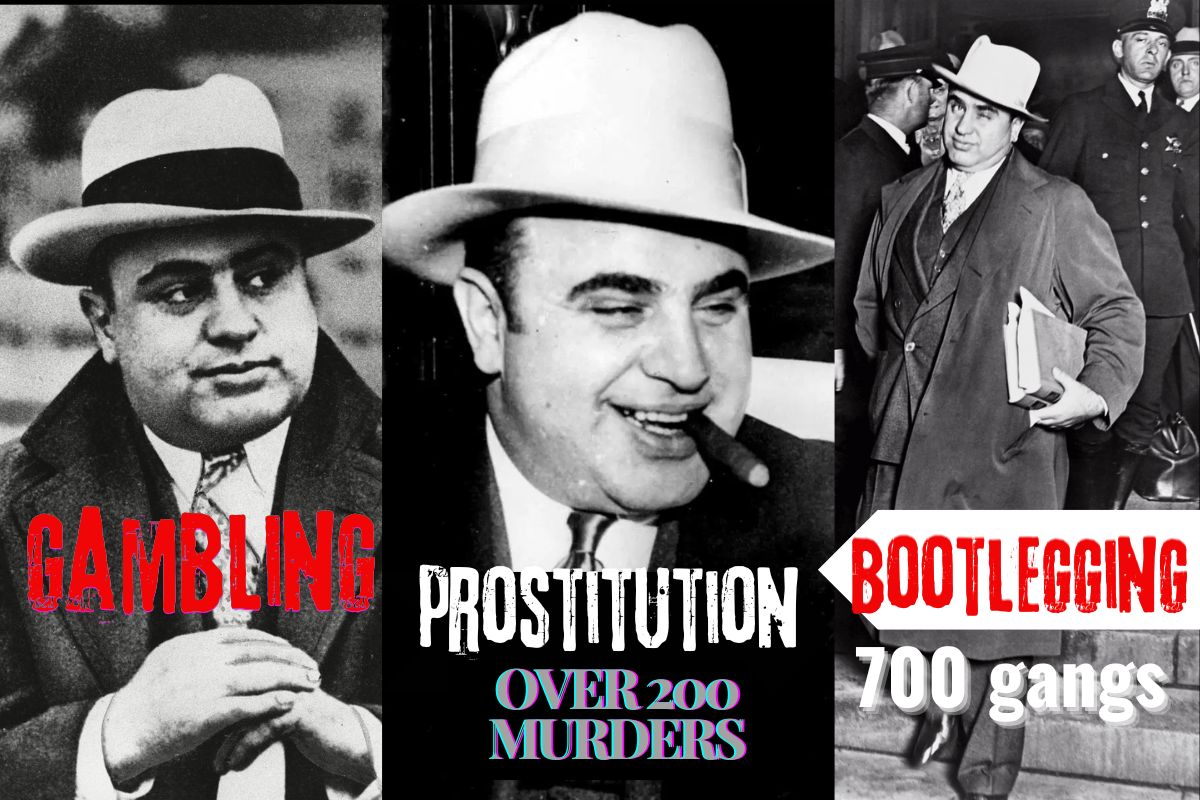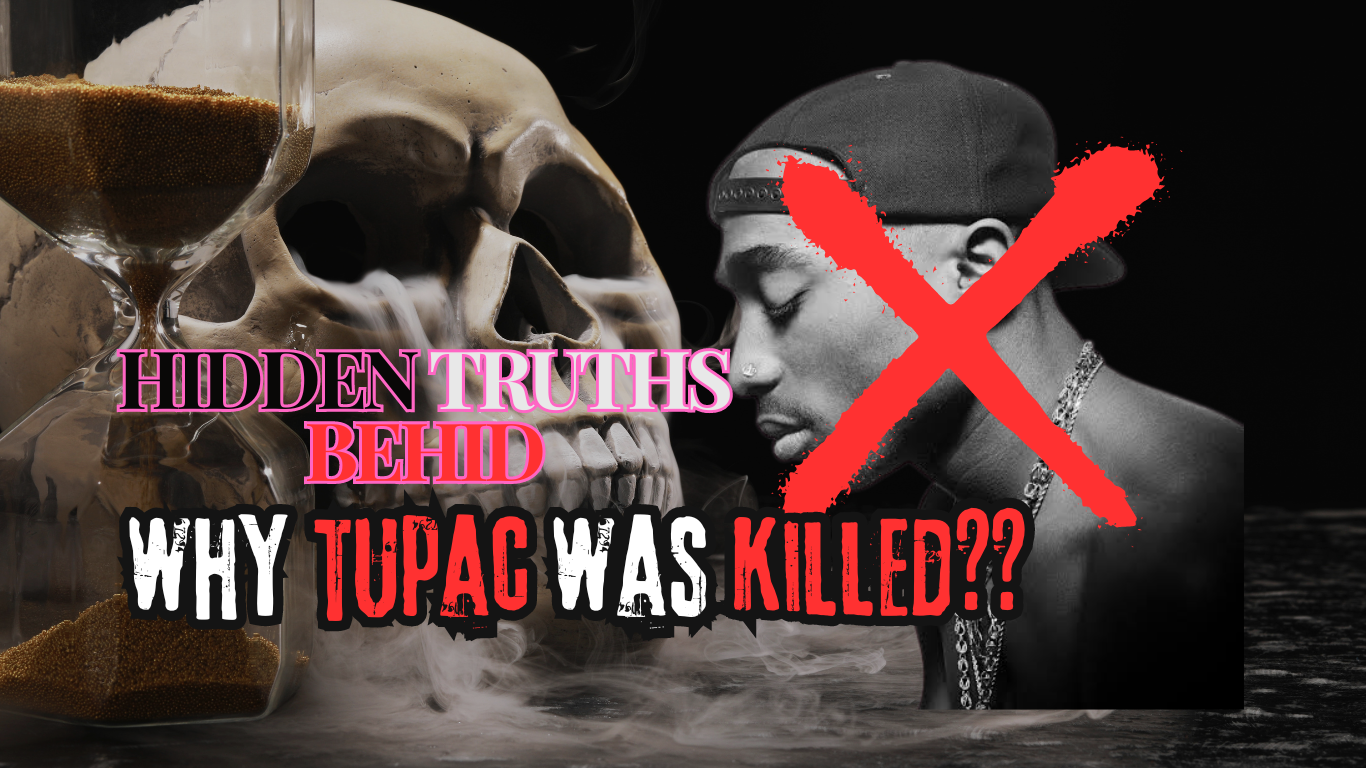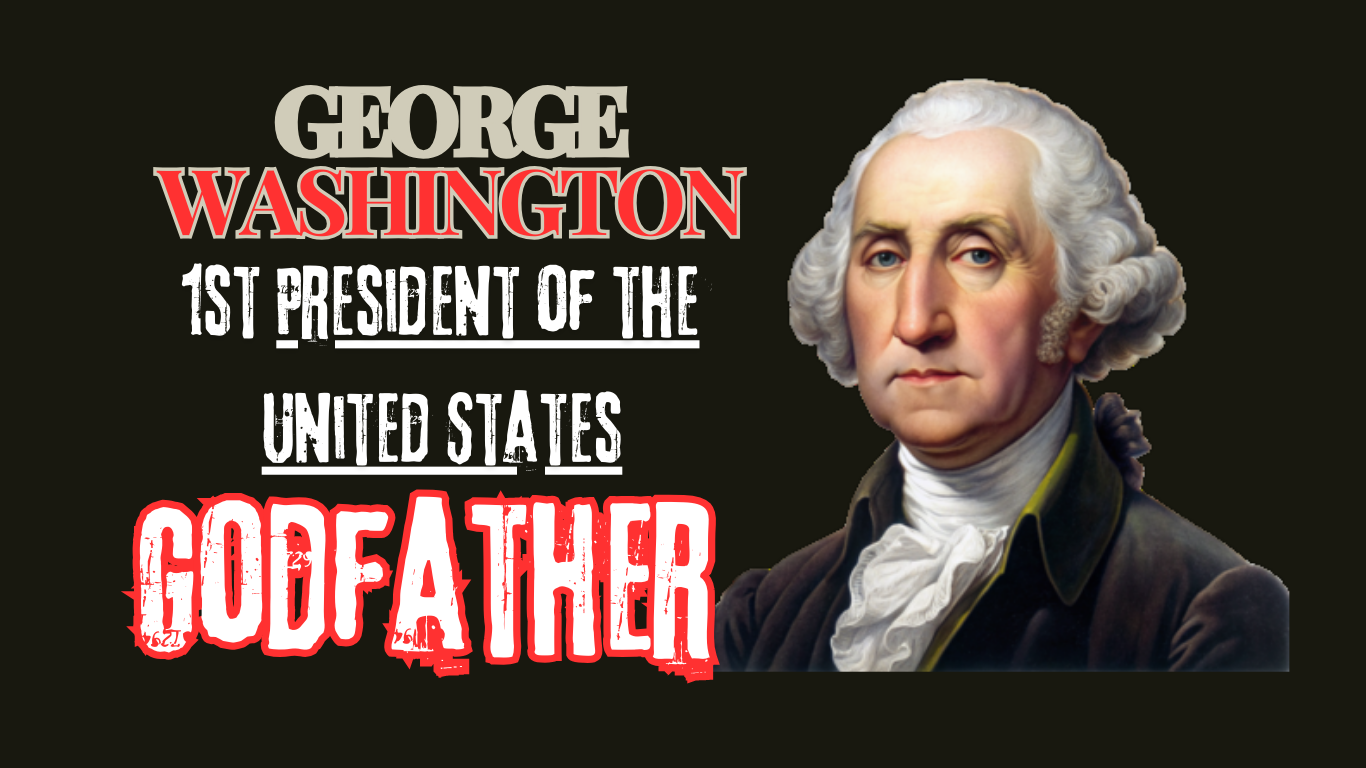In the tumultuous era of the 1920s and 1930s, one name stood out among the rest in the world of organized crime — Al Capone. His journey to becoming a notorious and feared gangster is not just a captivating story, but also a critical piece of American history. If you’re keen on understanding how Al Capone rose to power in Chicago and solidified his legacy as one of the most feared gangsters of his time, you’ve come to the right place.
Early Life and Background of Al Capone.
Alphonse Gabriel Capone was born in Brooklyn, New York, on January 17, 1899, to Italian immigrant parents. He grew up in a rough neighborhood and quickly became familiar with street gangs.
Capone’s initial involvement in petty crime paved the way for his introduction to more organized criminal activities. By his early twenties, Capone had already established connections with influential criminals, including the infamous gangster Johnny Torrio.
The Journey to Chicago of Al Capone.
In 1920, Capone moved to Chicago at the invitation of Johnny Torrio, who saw great potential in the young gangster. Torrio was heavily involved in the bootlegging business, and he needed capable men to help expand and protect his empire
Transitioning from petty crime to organized bootlegging, Capone quickly made his mark in Chicago. He exhibited an extraordinary aptitude for both business and violence, traits that would serve him well in the cutthroat world of organized crime.
Capone’s Rise to Power.
After an assassination attempt on Johnny Torrio in 1925, Torrio retired, handing over control of his criminal empire to Al Capone. This marked the beginning of Capone’s rapid ascendancy to power.
Capone’s rule was characterized by brutal tactics and strategic alliances. He expanded his operations to include not only bootlegging but also gambling, prostitution, and various other illegal activities. He was meticulous about eliminating his competition, often through violent means. His ruthlessness earned him a fearsome reputation.
Notable Incidents and Public Perception of Al Capone.
One of the most infamous incidents associated with Capone was the Saint Valentine’s Day Massacre in 1929. The massacre, which resulted in the deaths of seven members of a rival gang, further cemented Capone’s image as a ruthless and powerful gangster.
Despite his criminal activities, Capone was also known for his public persona as a charitable figure. He donated to various causes and even opened soup kitchens during the Great Depression. This duality in his character made him a complex and enigmatic figure in the public eye.
The Downfall of Al Capone.
Capone’s downfall began with the government’s increased efforts to clamp down on organized crime. In 1931, after years of evading the law, Capone was finally convicted — not for his numerous criminal enterprises, but for tax evasion. He was sentenced to 11 years in federal prison.
During his time in prison, Capone’s health deteriorated due to syphilis. He was released in 1939 on the grounds of good behavior but spent the remaining years of his life in relative isolation, far removed from his former life of crime. He passed away on January 25, 1947.
Legacy of Al Capone.
Al Capone’s legacy as one of America’s most notorious gangsters endures to this day. His life has been the subject of countless books, movies, and documentaries. Though a criminal, his impact on American culture and history is undeniable.
Capone’s story serves as a stark reminder of how the Prohibition era shaped the world of organized crime, and his name will forever be synonymous with the darker side of American history.
Al Capone.
Al Capone’s rise to power in Chicago is a tale fraught with danger, ambition, and a relentless pursuit of power. Understanding his journey provides a window into an era of American history where the lines between legality and criminality were often blurred. Hopefully, this deep dive into Capone’s life has given you a clearer picture of how he became one of the most feared gangsters of his time.





Leave a Reply